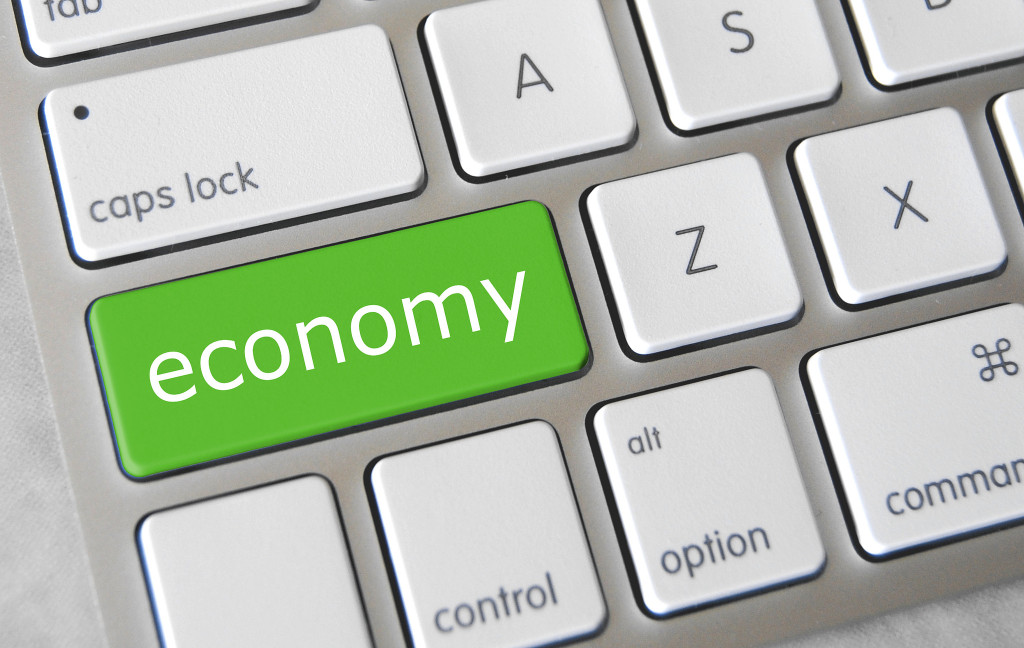After summarizing hundreds of thousands items in the Czech national accounting for 2014, we can say that the crisis in the Czech Republic is definitely over. Why? It is simple – the Czech economy did quite well in 2014 and in many aspects, it overcame the pre-crisis levels. Let’s have a look at some basic facts.
Good News for the Economy
2014 brought mainly good news. While comparing to traditional benchmark – the average performance of the European Union – the Czech GDP growth rate was significantly higher than the growth rate of the EU. The Czech economy has had a faster growth than the EU in five quarters in a row. The 2% growth of the Czech economy was driven mainly by investments (including 4.Q 2014, investments have risen for the sixth time in a row), and also by the consumption of households.
Construction Industry Rises
For the first time since the crisis in 2008, volumes of production and retail sales surpassed the peak of the economy “before the crisis”. Other good news is coming from the construction industry – the output in this industry rose, for the first time since 2010. After five years of continuous decreases, construction firms reported a higher volume of works on public construction projects. This is the key information for the industry because the state is the contracting authority for almost 50% construction contracts in the Czech Republic (cash-flow basis).
Labour Market Recovery
The confidence survey done by the Czech Statistical Bureau also shows that the consumer confidence into the performance of the Czech economy rose and returned to the pre-crisis levels. It is at least partially caused by the good situation on the labor market. Unemployment in the Czech Republic decreased to 6.2% level. An aggregate number of employed individuals increased, while the economy has generated even more vacant job positions.
Historical Maximum in Foreign Trade
The information saying the Czech Republic is a strongly export-oriented country could be considered as a cliché. However, the year 2014 definitely confirmed this claim. The current account of the balance of payments reached the historical maximum, and so did the trade balance. A great performance of the Czech export has been definitely supported by the Czech National Bank exchange rate interventions (weakening of the CZK). On the other hand, great results of the Czech firms have caused the highest outflow of dividends (repatriations) to owners of capital abroad in history. Knowing this, it could be surprising that FDI inflows into the Czech Republic remained below the averages of the previous three years as well as the last ten years. There might be an explanation to this, somewhat pragmatic in nature: a big potential for profit seeking is still counteracted by a bad reputation regarding superfluous bureaucracy, high labour costs and problems with institutional environment (especially corruption) in the Czech Republic.
2015 – The Same Story?
The GDP growth is forecasted also for the year 2015. And it should be even faster. The Ministry of Finance predicts the annual growth of real GDP at the level 2.7%, while the Czech National Bank reported slightly lower percentage (2.6%). It should be driven also by other than the abovementioned factors – there is still a significant gap in using of loans and credits because the recent funding of expansion was pushed mainly by reinvestment of profits and depreciation funds. Low interest rates and excess of the liquidity in the market will create a significant space for other investment opportunities, both into the fixed capital formation and the housing construction.



